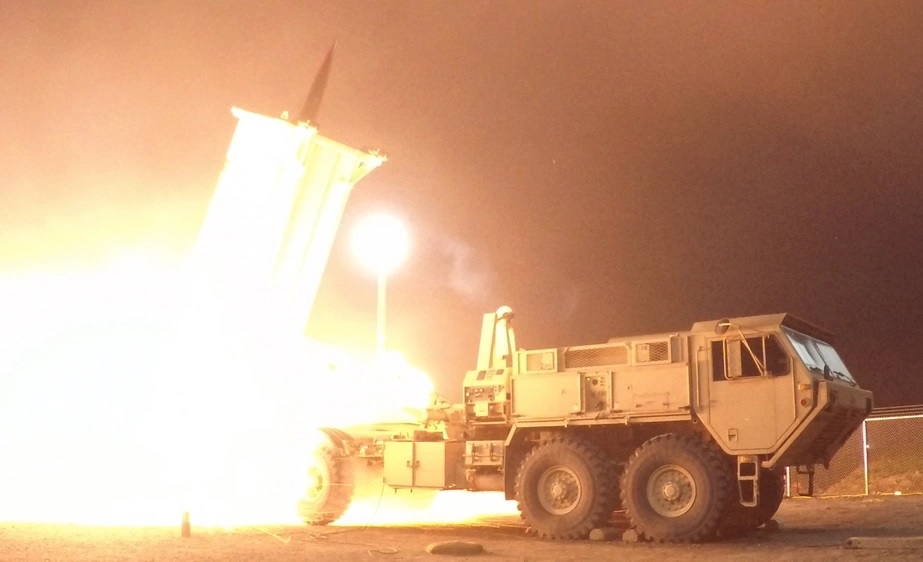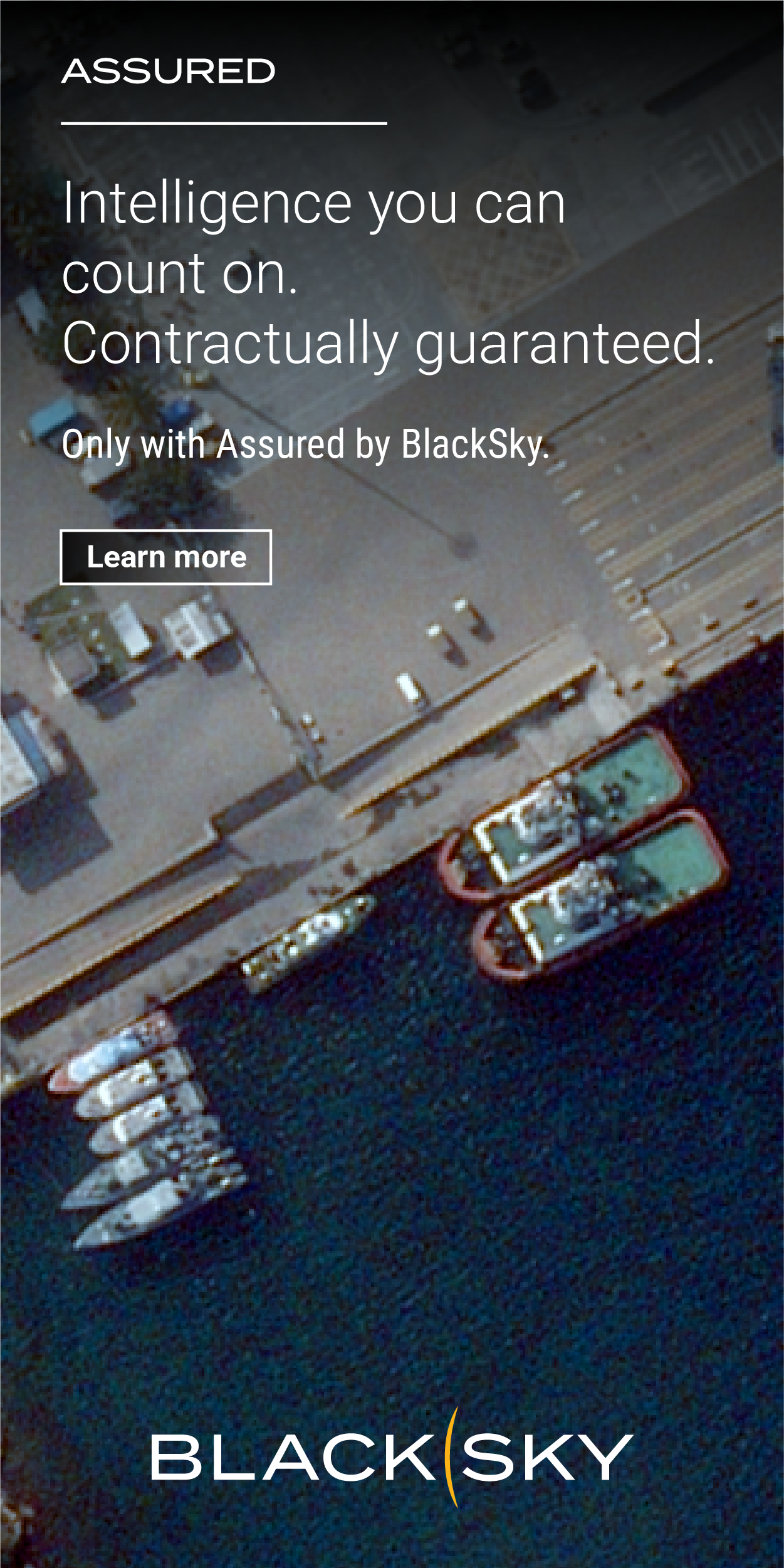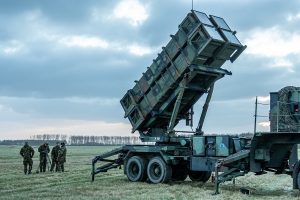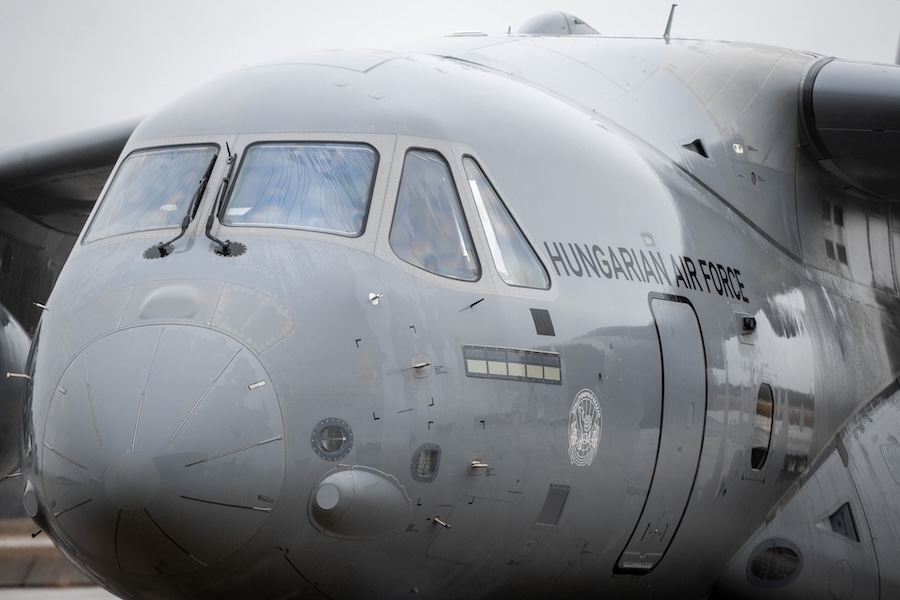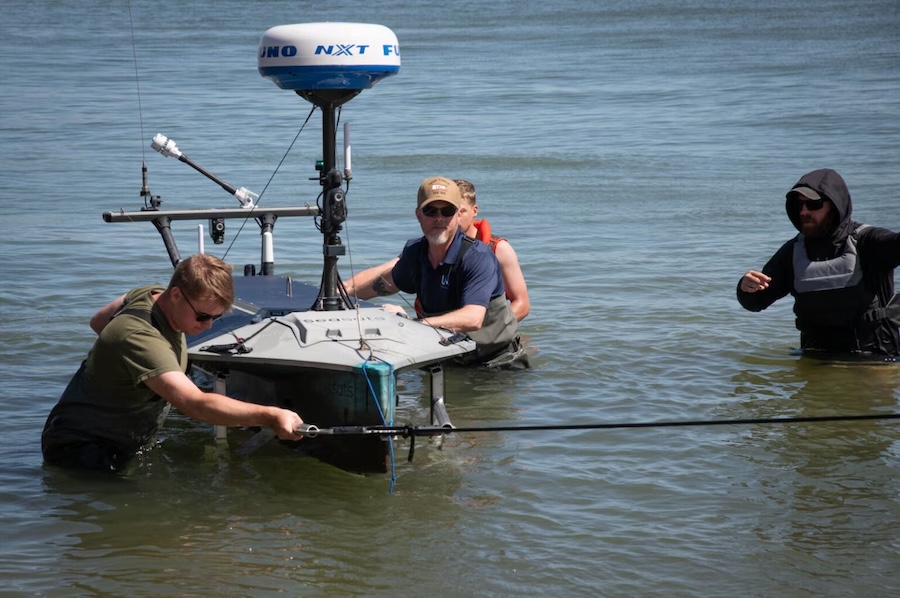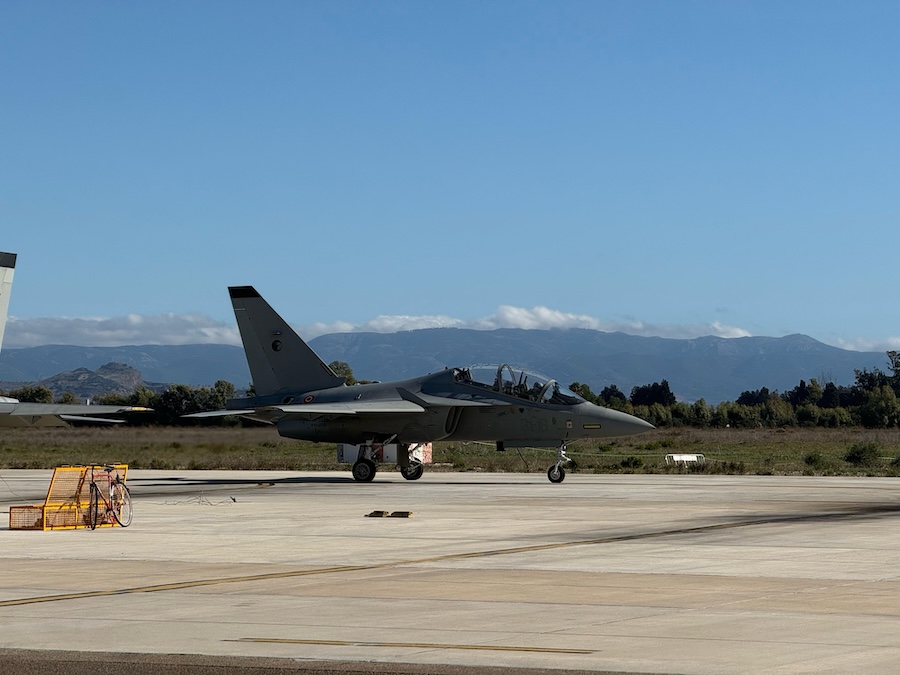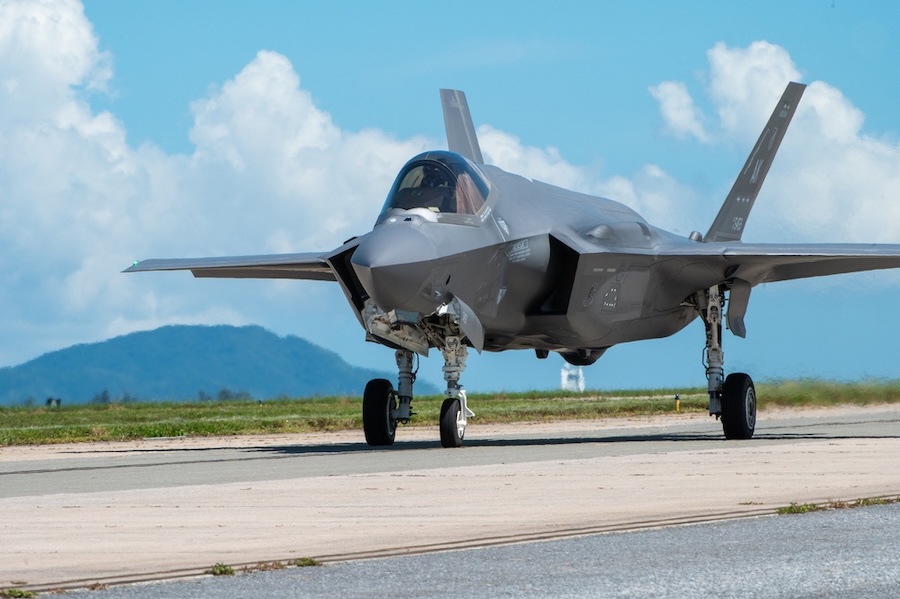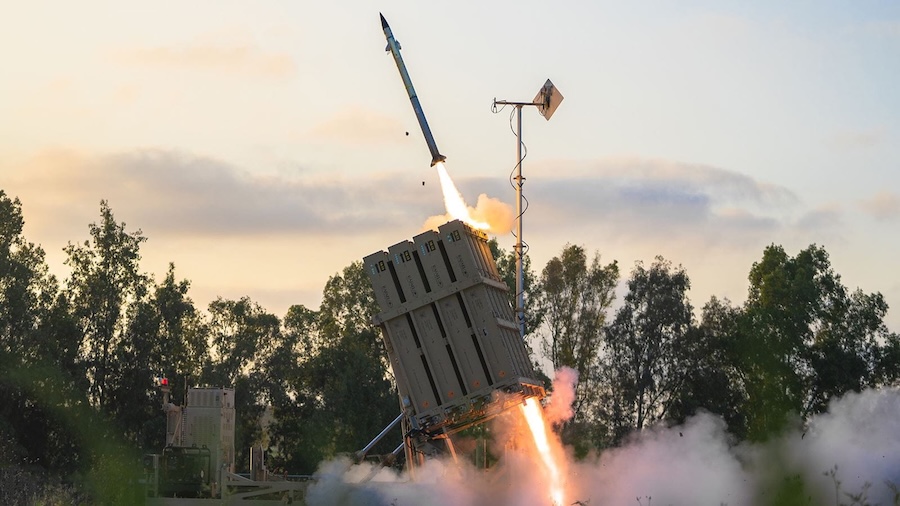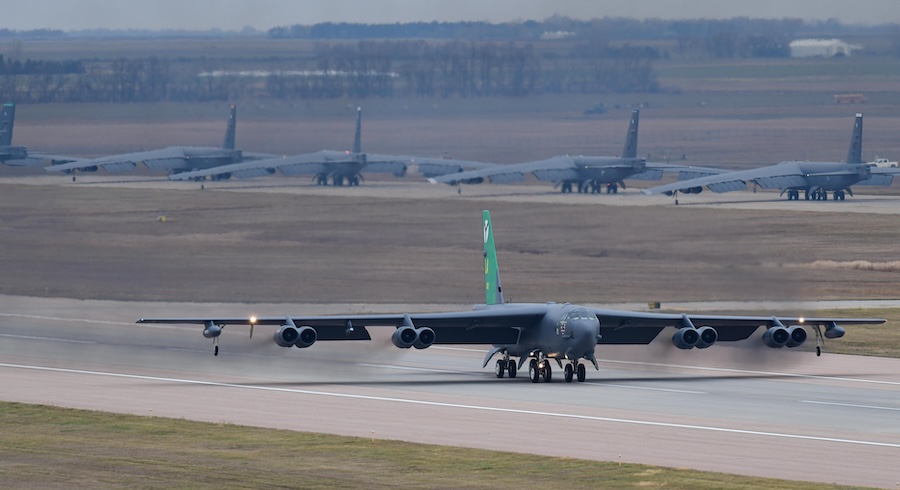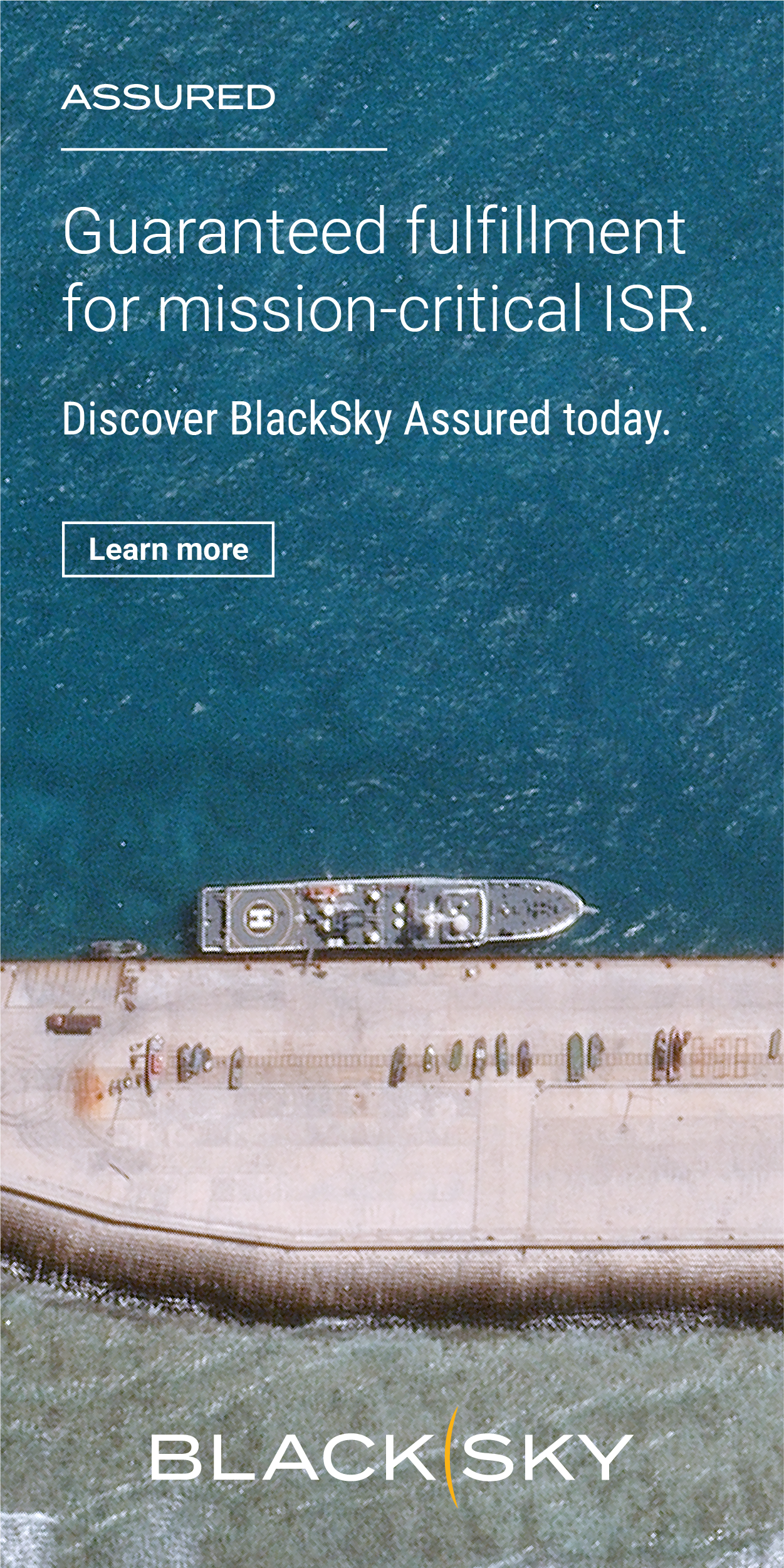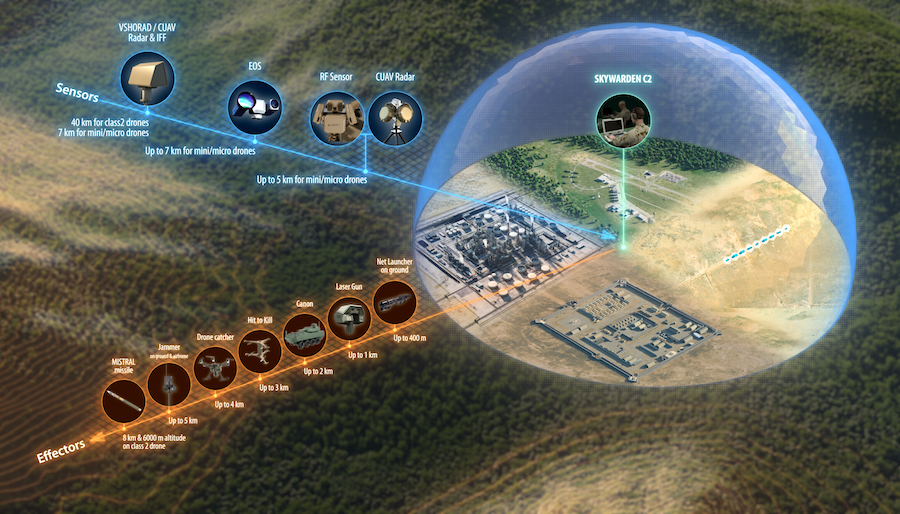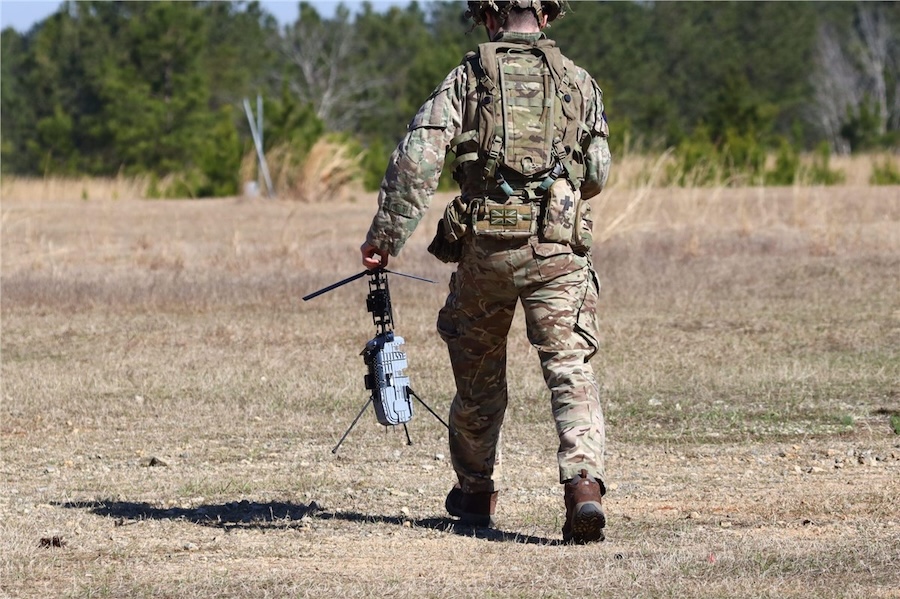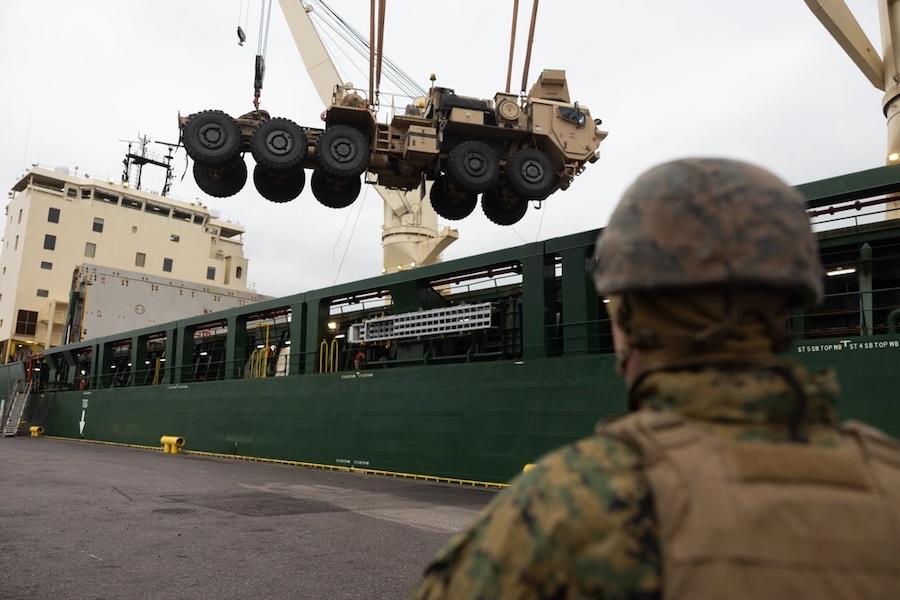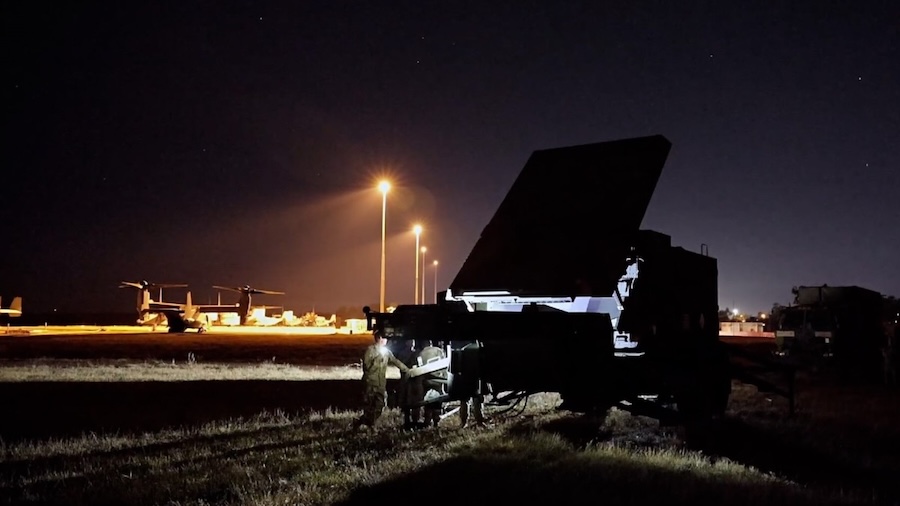The THAAD battery was acquired under a $15 billion arms deal with then-US President Donald Trump during his first term, which also included six additional THAAD batteries, 44 launchers, and 360 interceptors. The missile system was developed by US defence firm Lockheed Martin.
In a move to boost local defence capabilities, Saudi Arabia manufactured its first domestic components for the THAAD system in May in the city of Jeddah. Arab News described the achievement as a “significant step forward in the Kingdom’s ongoing efforts to localize its defense industry.”
The manufacturing process was a collaborative effort between the Saudi military and Lockheed Martin. “It is particularly significant as it demonstrates how the two companies successfully worked to bolster manufacturing expertise, strengthening the country’s defense industrial base while establishing a second source and building resilience for the US supply chain,” Lockheed Martin said.
Lockheed Martin highlighted the programme’s wider impact on both nations’ defence sectors. “Through this program, we’re not only supporting Saudi Vision 2030 and enhancing regional defense capacity, but we’re also generating high-quality manufacturing jobs in the US and strengthening the American defense industrial base, a testament to the value of our partnership with AIC Steel and the Kingdom of Saudi Arabia,” the company stated.
The THAAD system is designed to intercept and destroy short- and medium-range ballistic missiles in the final phase of flight using a kinetic “hit-to-kill” method. Its radar can track targets over 2,000 kilometres and intercept incoming missiles at ranges up to 200 kilometres and altitudes up to 150 kilometres.
In a separate deployment, the United States stationed a THAAD system and 100 personnel in Israel in October 2024, amid rising tensions with Iran. This move was accompanied by multi-billion-dollar US arms deals with Israel and plans to enhance military infrastructure, including bases and aviation facilities.
“This action underscores the United States’ ironclad commitment to the defense of Israel, and to defend Americans in Israel, from any further ballistic missile attacks by Iran,” the Pentagon said at the time. The deployment followed Iran’s ballistic missile strike on Israel on 1 October 2024.
“It is part of the broader adjustments the US military has made in recent months, to support the defense of Israel and protect Americans from attacks by Iran and Iranian-aligned militias,” the Pentagon added.



